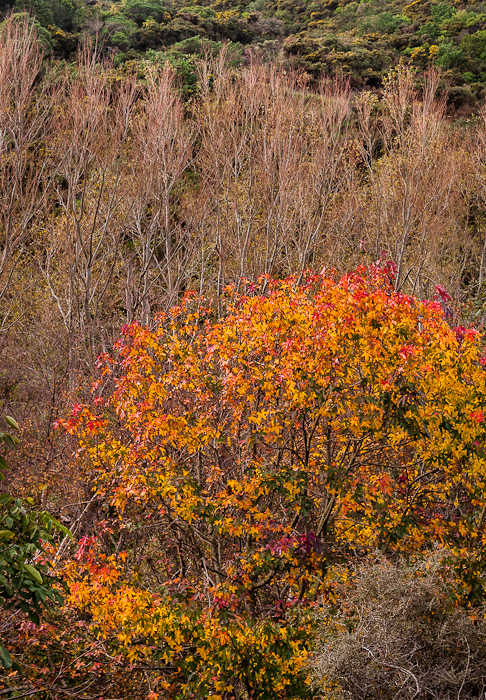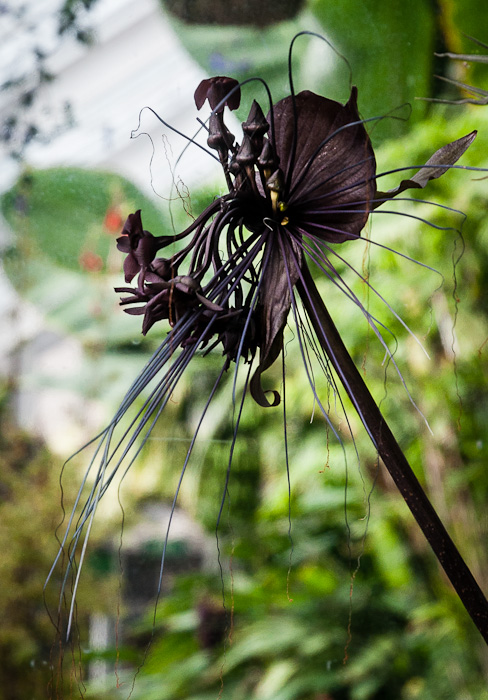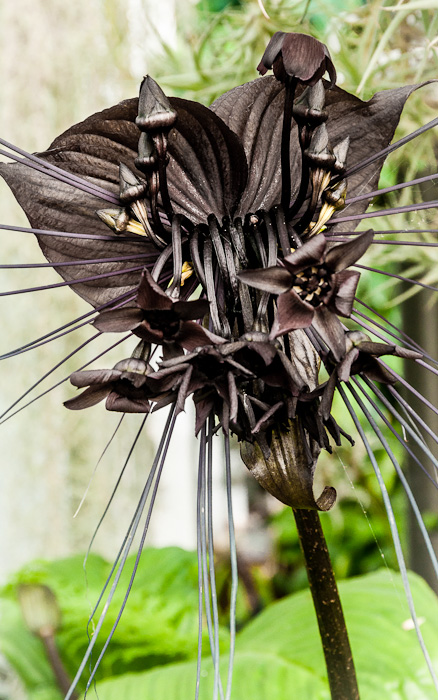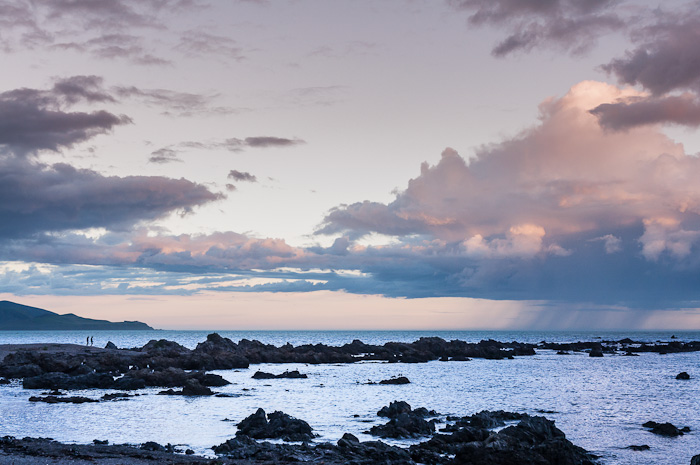Winter is here, with a polar blast hitting the country - not too much of an exaggeration as the wind has an unobstructed path to us from Antarctica. After the wind and cold there is sunshine, a crisp clear day.

The big waves have settled, but the water is still very active. Looking across Island Bay, past the island Taputeranga, are the snowy hillsides of the Orongorongos. When I stopped briefly to get this photo I was warmed by the delight of some young tourists who had also stopped their car to enjoy the sight. One was wielding an iPad to capture some images. "This way," pointed one of the friends. "Hey this way too," said another looking in the other direction to the South Island with its snowy mountains.
And that, I think, aptly conveys the possible delights of life here on earth - even if there are no snowy vistas there can be beauty wherever we look, if we bother to stop and see.















